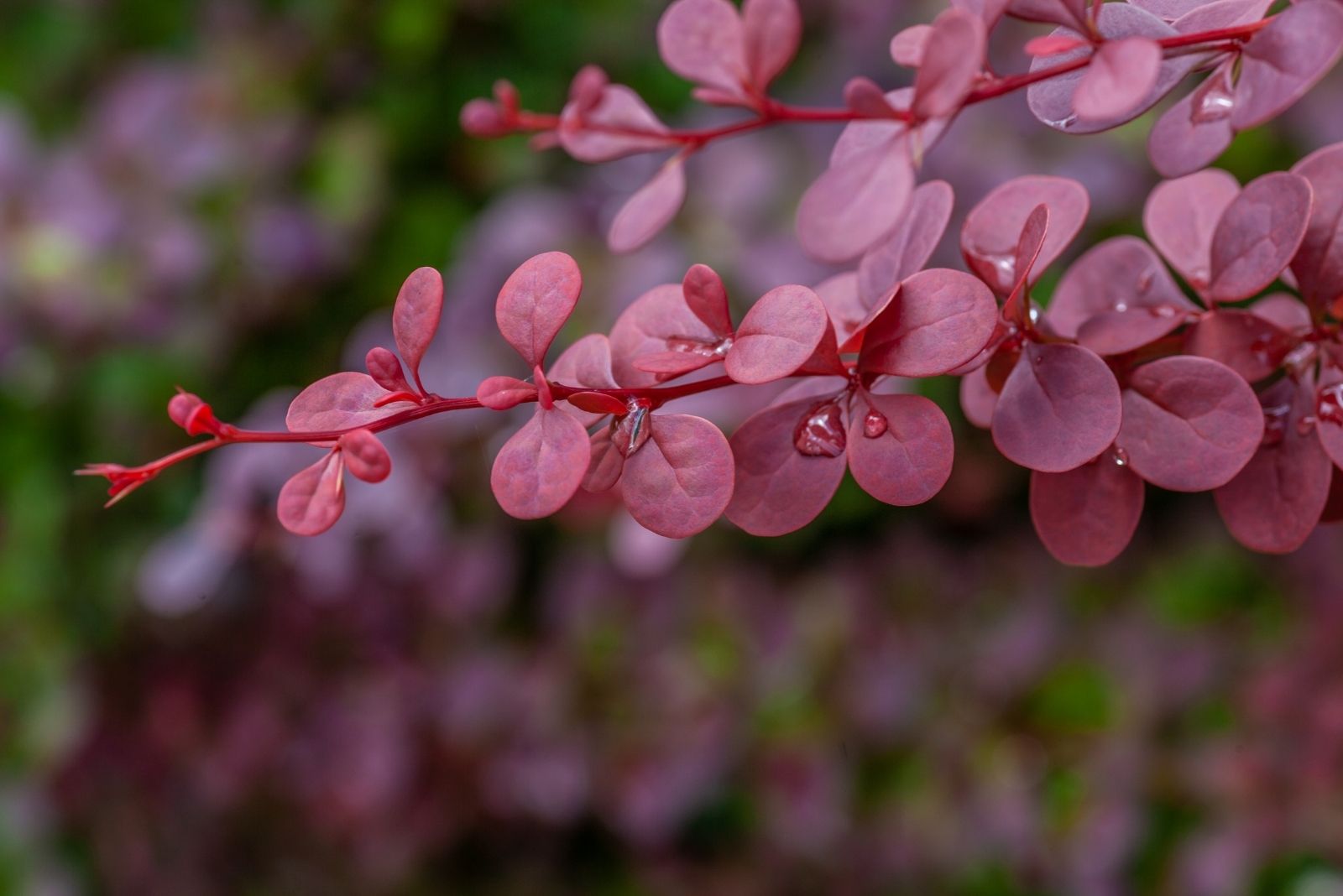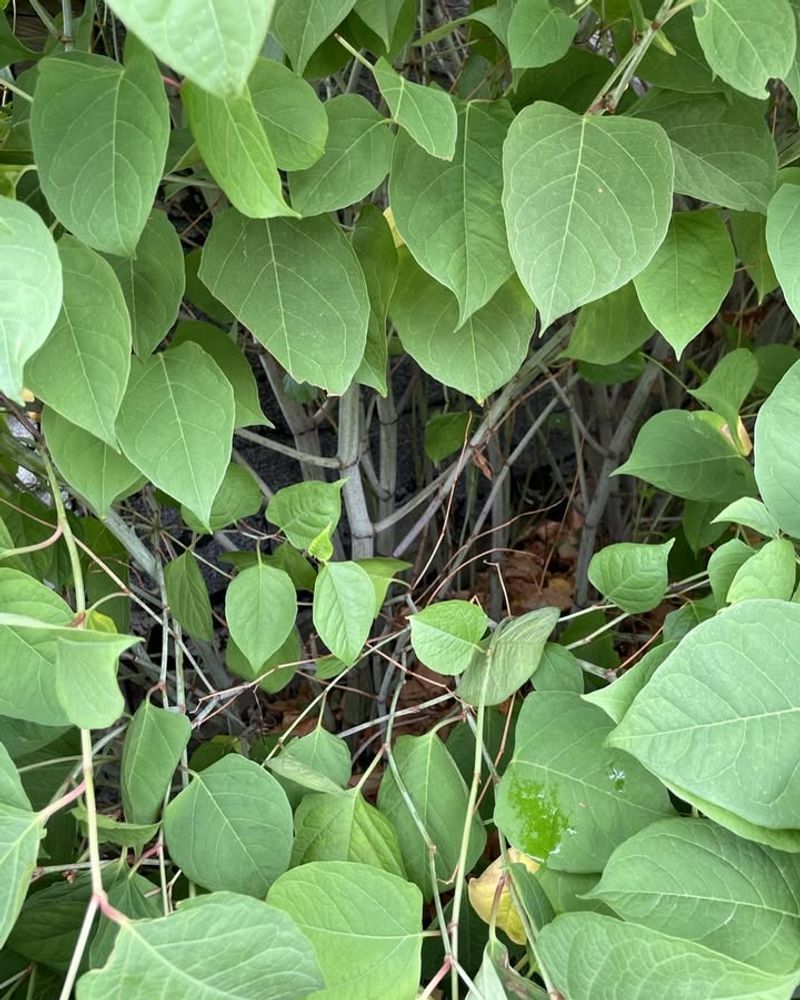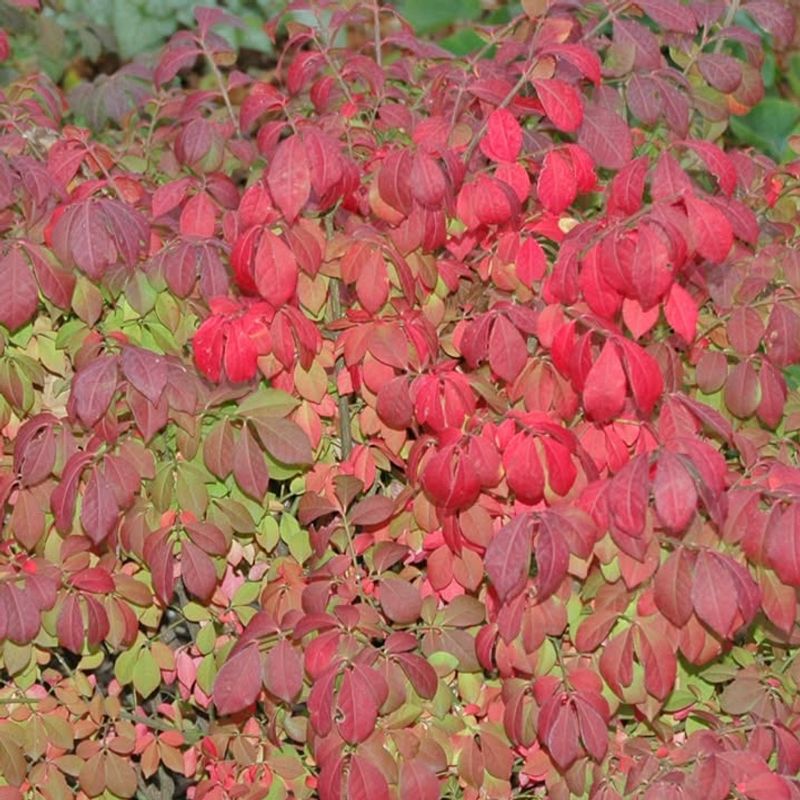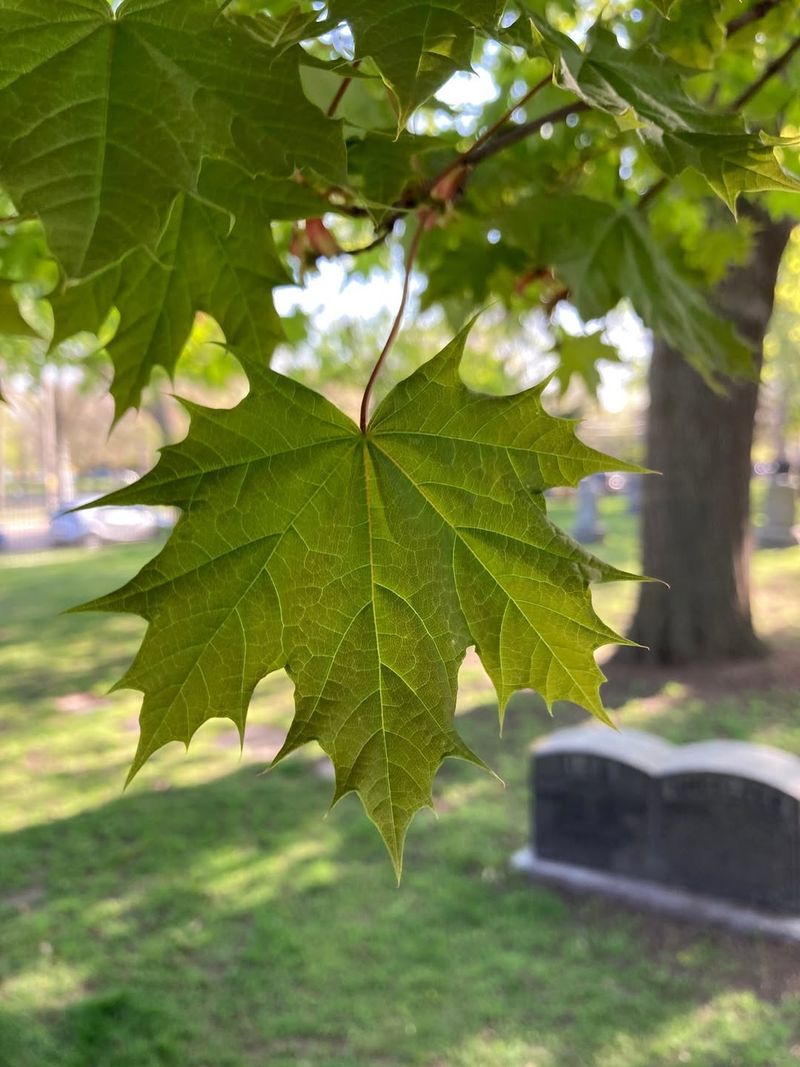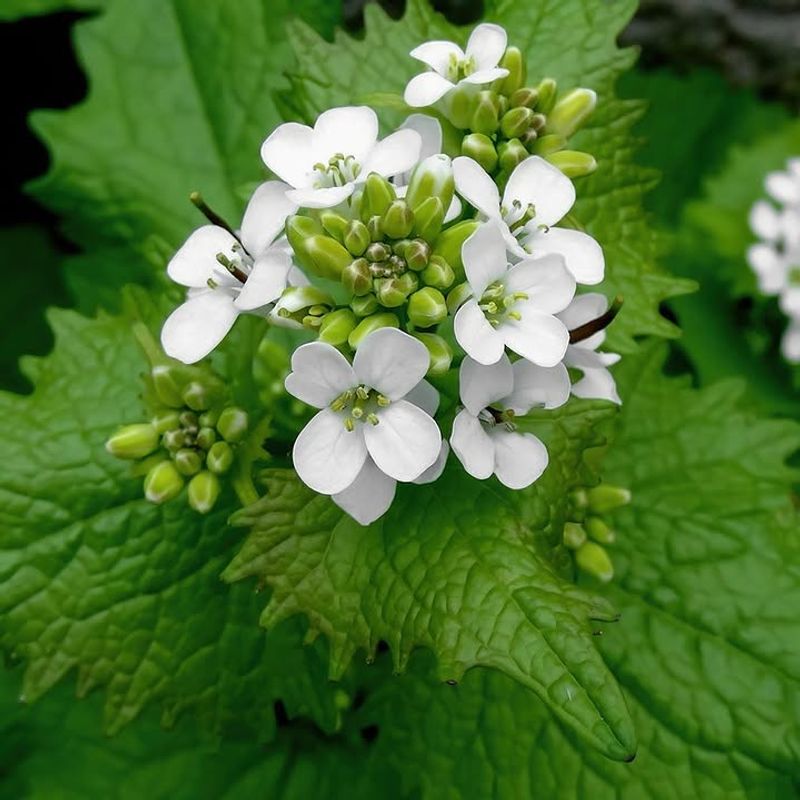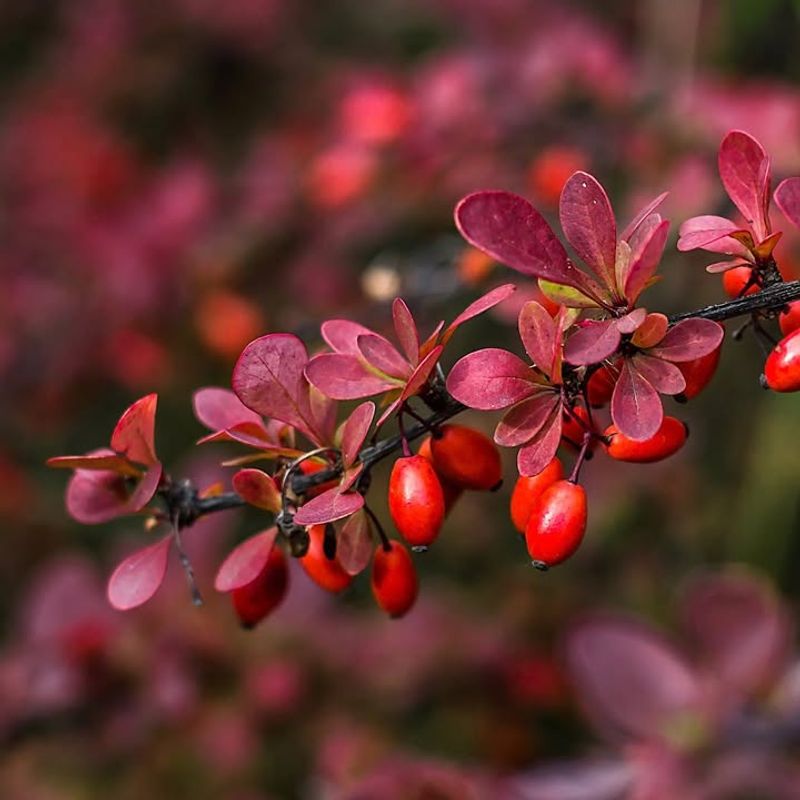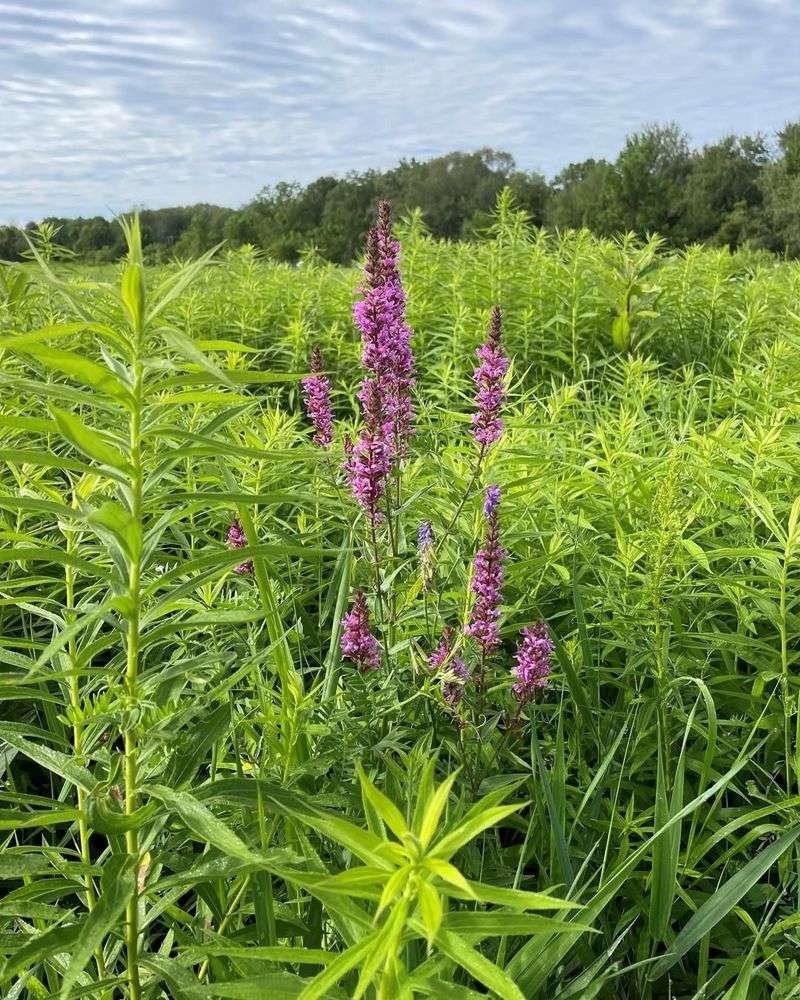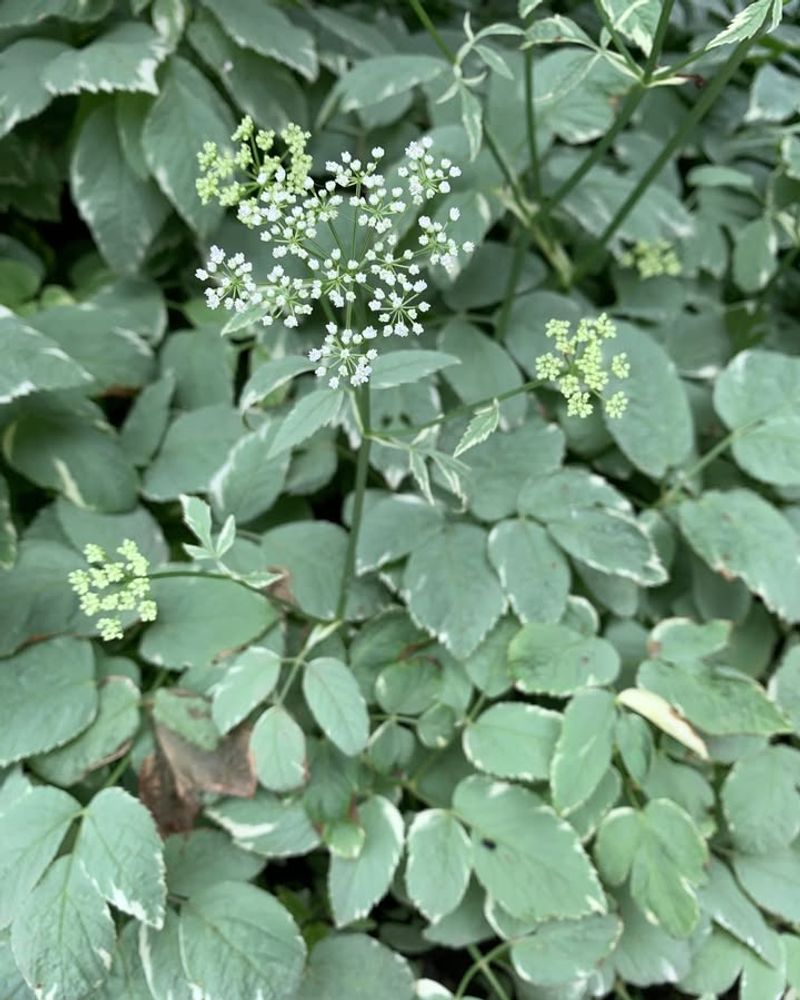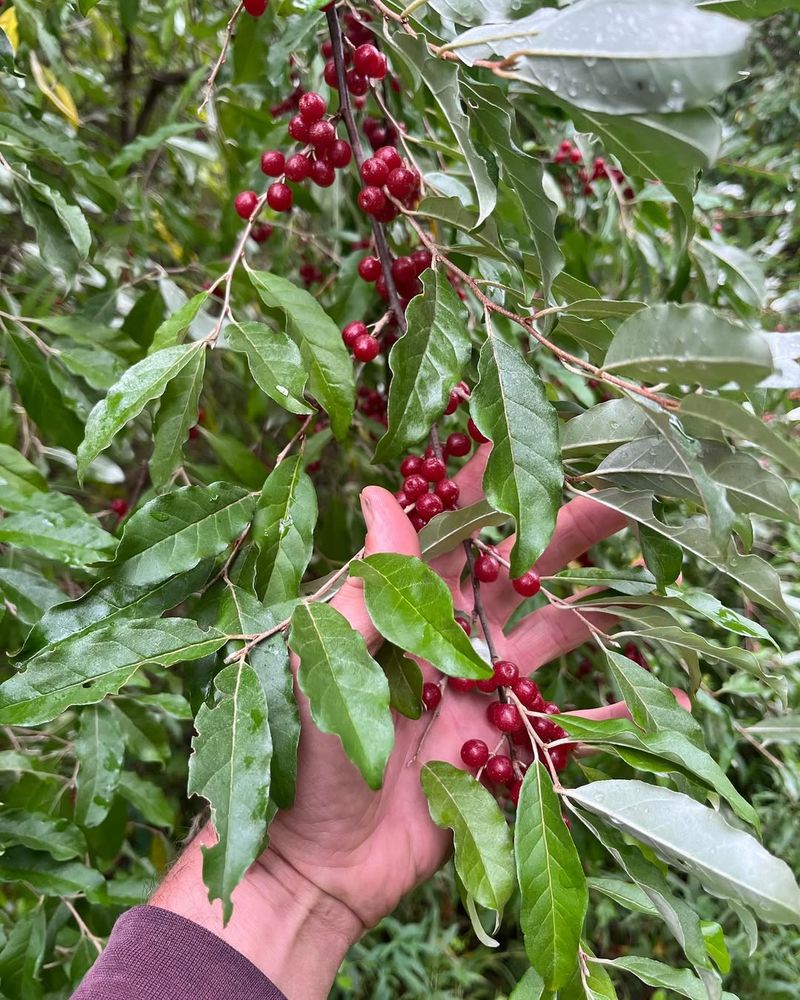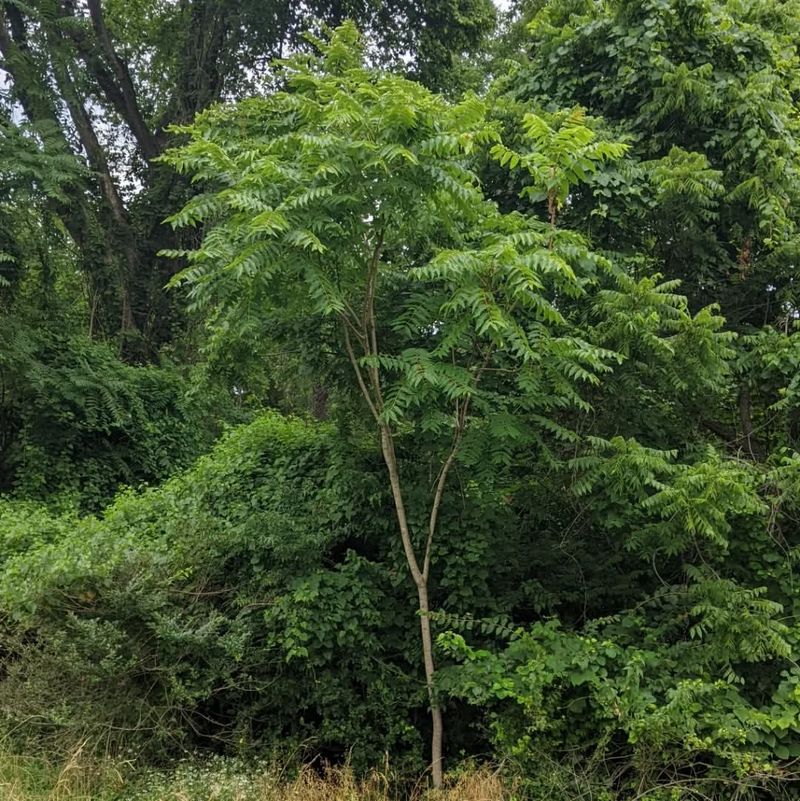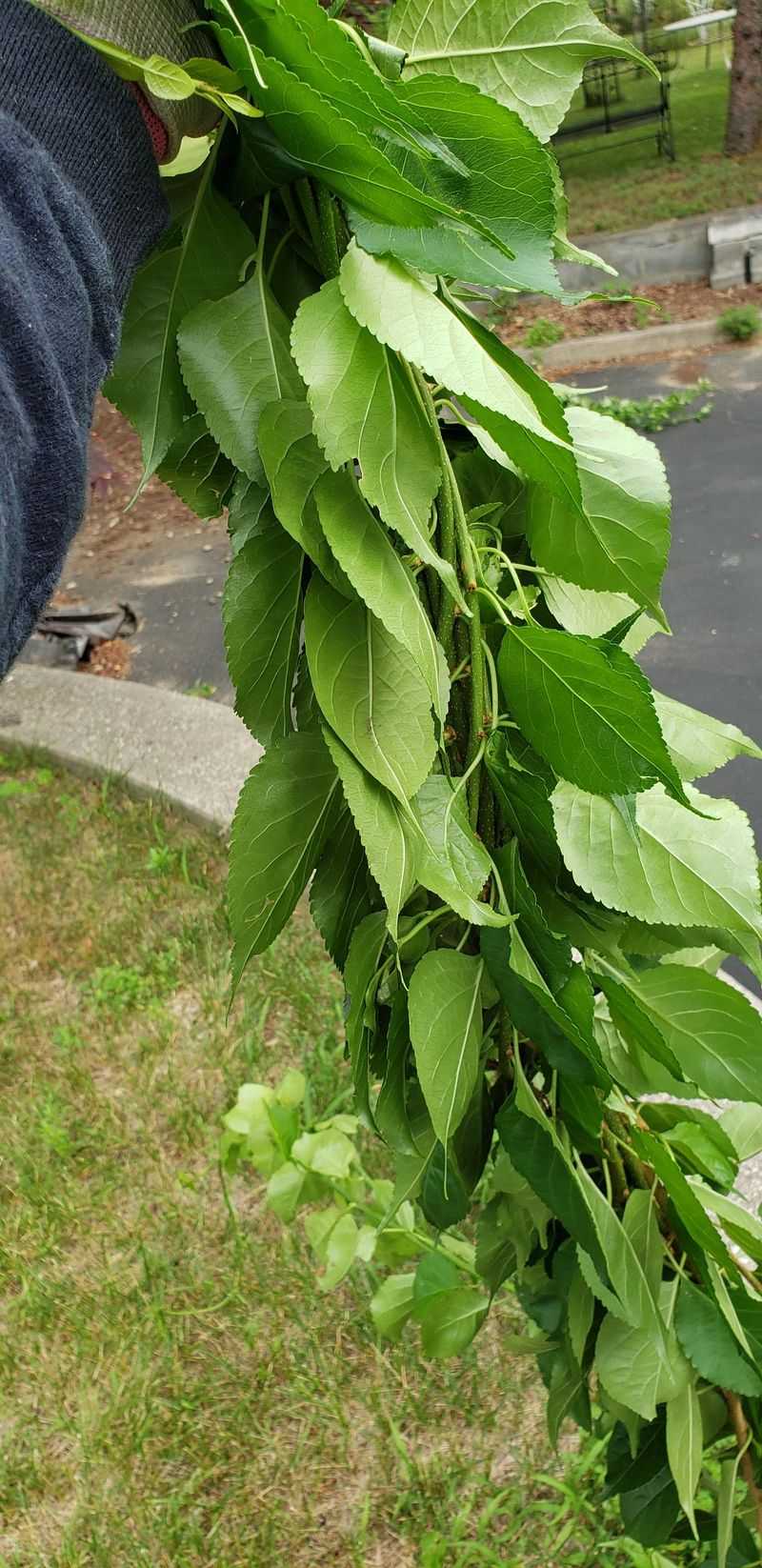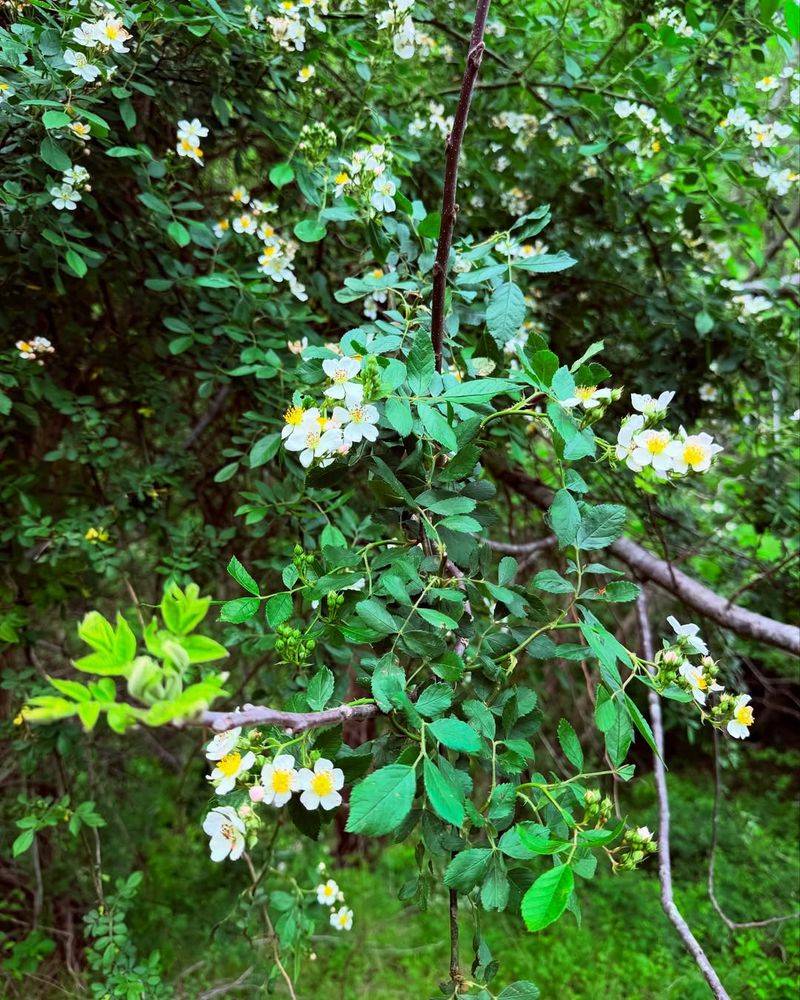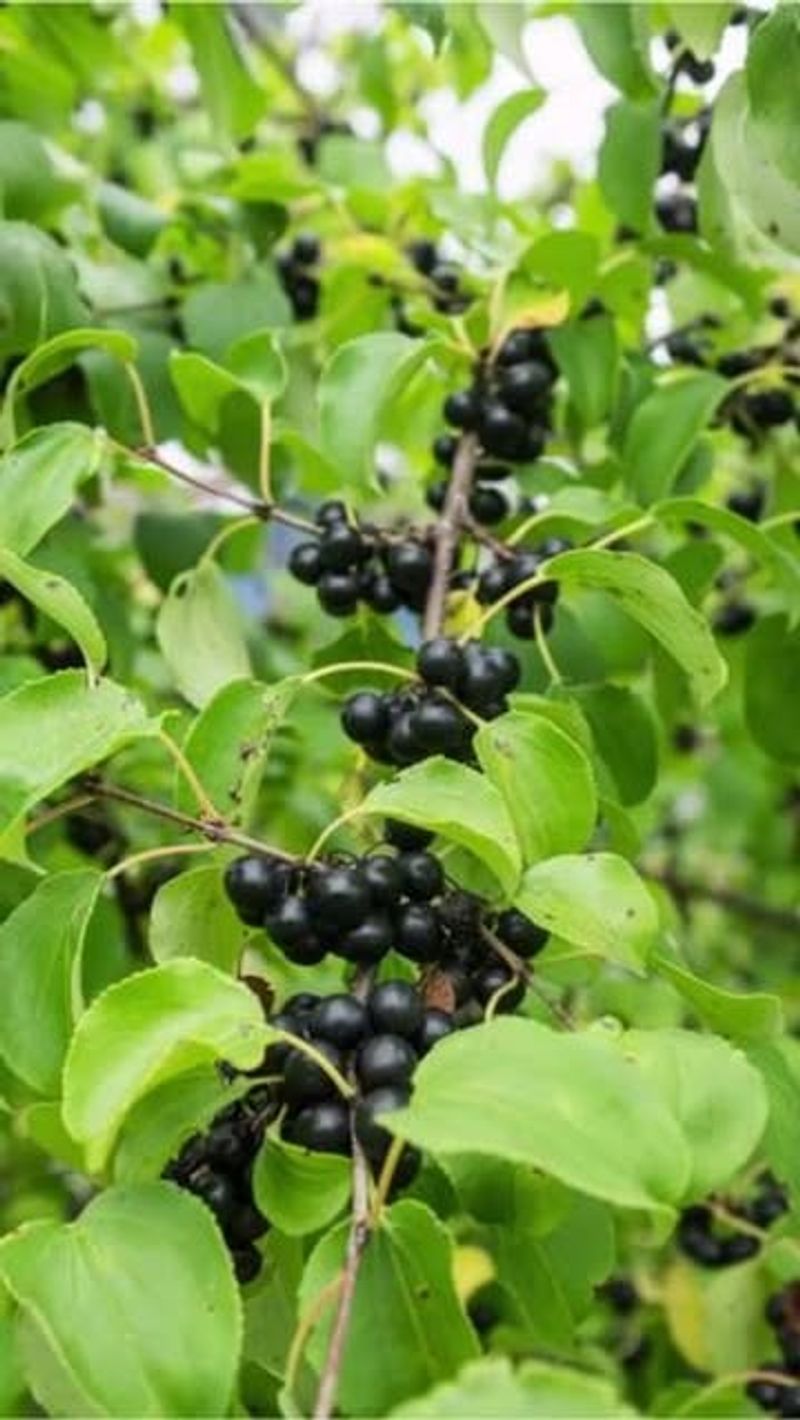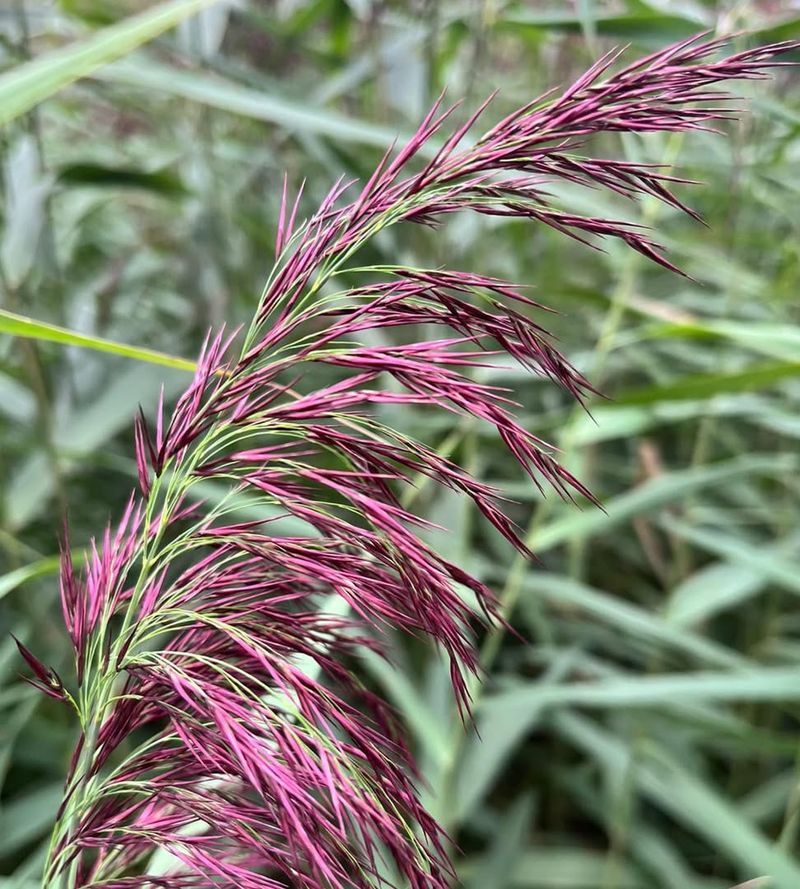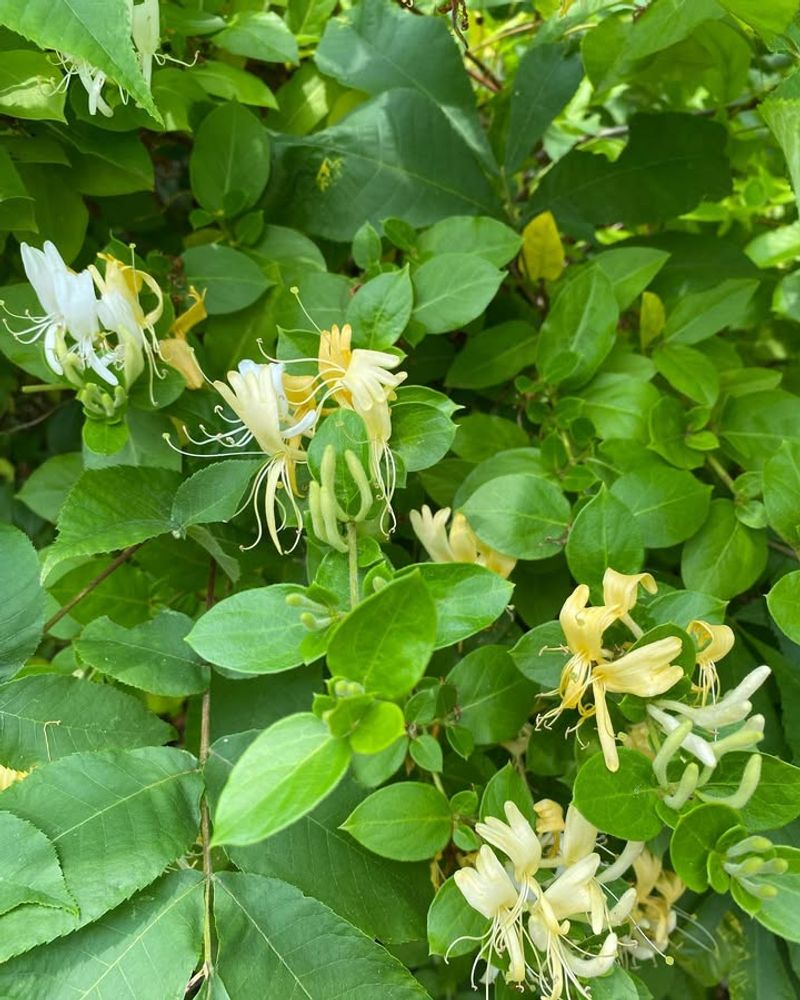Massachusetts gardeners might soon face new restrictions on what they can plant in their yards. The state keeps updating its list of prohibited plants to protect local ecosystems from invasive species that harm native wildlife and forests.
Understanding which popular garden plants could be banned next helps you make smarter choices and keep your landscape both beautiful and environmentally friendly.
1. Japanese Knotweed
Honestly, this one terrifies me more than any other invasive plant in Massachusetts. Once it gets established in your yard, it can push through concrete and damage foundations.
The roots spread underground like a network of tunnels, making removal nearly impossible without professional help. A single fragment left in the soil can regrow into a whole new colony within weeks.
Native plants don’t stand a chance against its aggressive growth. I’ve watched entire woodland edges disappear under its canopy in just a few seasons around here.
2. Burning Bush
Plenty of homeowners planted this shrub decades ago for its brilliant fall color, not realizing it would become a problem. Birds eat the berries and spread seeds throughout forests and wetlands across Massachusetts.
In my own neighborhood, I’ve noticed seedlings popping up in conservation areas where they definitely shouldn’t be. The problem is that it outcompetes native shrubs that wildlife actually depends on for food and shelter.
Native alternatives like highbush blueberry offer equally gorgeous autumn displays without the ecological damage.
3. Norway Maple
Walk through any older Massachusetts neighborhood and you’ll spot these trees lining the streets. They were planted for decades as shade trees because they grow fast and tolerate urban conditions.
The trouble is their dense shade prevents anything else from growing underneath, and their shallow roots make lawn care frustrating. Seedlings spread into forests and crowd out sugar maples and other native species that support local insects and birds.
Personally, I’d choose a red maple or oak instead for long-term environmental benefits.
4. Garlic Mustard
Every spring, I spend hours pulling this stuff from my garden beds before it goes to seed. Each plant produces thousands of seeds that remain viable in soil for years, making control extremely difficult.
What makes it particularly harmful is how it releases chemicals that prevent native wildflowers from germinating. Massachusetts forests lose their spring beauty when garlic mustard takes over the understory where trilliums and violets should grow.
The plants smell like garlic when crushed, which is how they got their name.
5. Japanese Barberry
Landscapers loved using this thorny shrub as a low-maintenance foundation plant for years. Research now shows it creates perfect habitat for ticks, including those carrying Lyme disease, which is already a huge problem here in Massachusetts.
The dense thickets alter soil chemistry and prevent native plants from establishing. Birds spread the bright red berries into natural areas where they quickly form impenetrable tangles.
I removed mine after learning about the tick connection and replaced them with native inkberry holly instead.
6. Purple Loosestrife
This one looks absolutely gorgeous when it blooms along roadsides and wetlands with those tall purple flower spikes. Unfortunately, its beauty masks serious ecological damage to Massachusetts marshes and pond edges.
A single plant produces millions of seeds annually that spread through water and mud. Wetlands overrun by purple loosestrife lose the native sedges and grasses that waterfowl and amphibians need for nesting and feeding.
I remember seeing it everywhere as a kid, not understanding why conservationists were so concerned about it back then.
7. Goutweed
Someone in my neighborhood gave me a clump of this years ago, calling it a great ground cover for shady spots. Biggest gardening mistake I ever made accepting it.
The underground rhizomes spread so aggressively that it chokes out everything in its path, including hostas and ferns. Even tiny root fragments left behind after pulling will regenerate into new plants within days.
Massachusetts gardeners should avoid this one entirely, despite its attractive variegated foliage that seems so appealing at garden centers.
8. Autumn Olive
Originally planted for wildlife food and erosion control, this shrub has become a nightmare across Massachusetts. Birds love the berries but spread seeds everywhere, creating dense thickets along roadsides and field edges.
It fixes nitrogen in soil, which sounds beneficial until you realize this actually harms native plants adapted to our naturally low-nitrogen soils. Old fields that should support diverse wildflowers get taken over by solid walls of autumn olive.
Cutting it down only makes it worse because it resprouts vigorously from stumps.
9. Tree-Of-Heaven
Despite its heavenly name, this tree causes serious problems in Massachusetts cities and suburbs. It grows incredibly fast from seeds and root suckers, forming dense colonies that exclude native trees.
The leaves and bark produce chemicals that inhibit other plants from growing nearby, giving it an unfair competitive advantage. I’ve seen it take over entire vacant lots in urban areas within just a few years.
It also serves as the preferred host for spotted lanternfly, an invasive insect that’s slowly spreading through our region.
10. Oriental Bittersweet
People used to harvest the colorful berries for fall decorations without realizing they were helping spread this aggressive vine. It climbs trees and shrubs, eventually strangling them under its weight.
I’ve watched it completely smother mature trees in conservation land near my home, killing them by blocking sunlight. The vines can grow over a foot per week during summer, making control nearly impossible once established.
Native American bittersweet is a much better choice for wildlife and doesn’t cause the same destruction to Massachusetts forests.
11. Multiflora Rose
Farmers planted miles of this thorny rose as living fences decades ago, and now it’s everywhere across Massachusetts. The arching canes root wherever they touch ground, forming impenetrable thickets that take over pastures and woodland edges.
Each plant produces hundreds of small rose hips that birds eagerly consume and spread. The thorns are vicious and make removal painful work even with heavy gloves.
Old fields that should transition back to forest get stuck in a multiflora rose stage for years instead.
12. Common Buckthorn
This European shrub leafs out earlier than native plants and holds its leaves later into fall, giving it a competitive advantage throughout the growing season. It forms dense stands in Massachusetts forests that block light to the forest floor.
Birds spread the berries widely, but the fruit actually has laxative properties that may harm wildlife health. The shrubs also alter soil nutrients in ways that favor more buckthorn growth over native species.
I’ve helped with removal projects where cutting and treating stumps is the only effective control method.
13. Phragmites (Common Reed)
These tall reeds dominate roadside ditches and coastal marshes throughout Massachusetts, but the invasive variety is quite different from our native phragmites. The non-native type grows much taller and denser, forming monocultures that exclude everything else.
Salt marshes overrun by invasive phragmites lose their value for fish nurseries and bird nesting habitat. The thick stands also block water flow and increase flooding risks during storms.
Personally, I find it sad watching diverse marshes turn into endless walls of identical reeds.
14. Japanese Honeysuckle
Kids love pulling the flowers and tasting the sweet nectar, which is probably why this vine spreads so easily through Massachusetts neighborhoods. It climbs over shrubs and small trees, smothering them with dense foliage.
The vines also creep along the ground, rooting at nodes and forming thick mats that prevent native wildflowers from emerging. I used to think the fragrance was wonderful until I learned how much ecological damage it causes.
Native coral honeysuckle provides nectar for hummingbirds without the invasive behavior.

